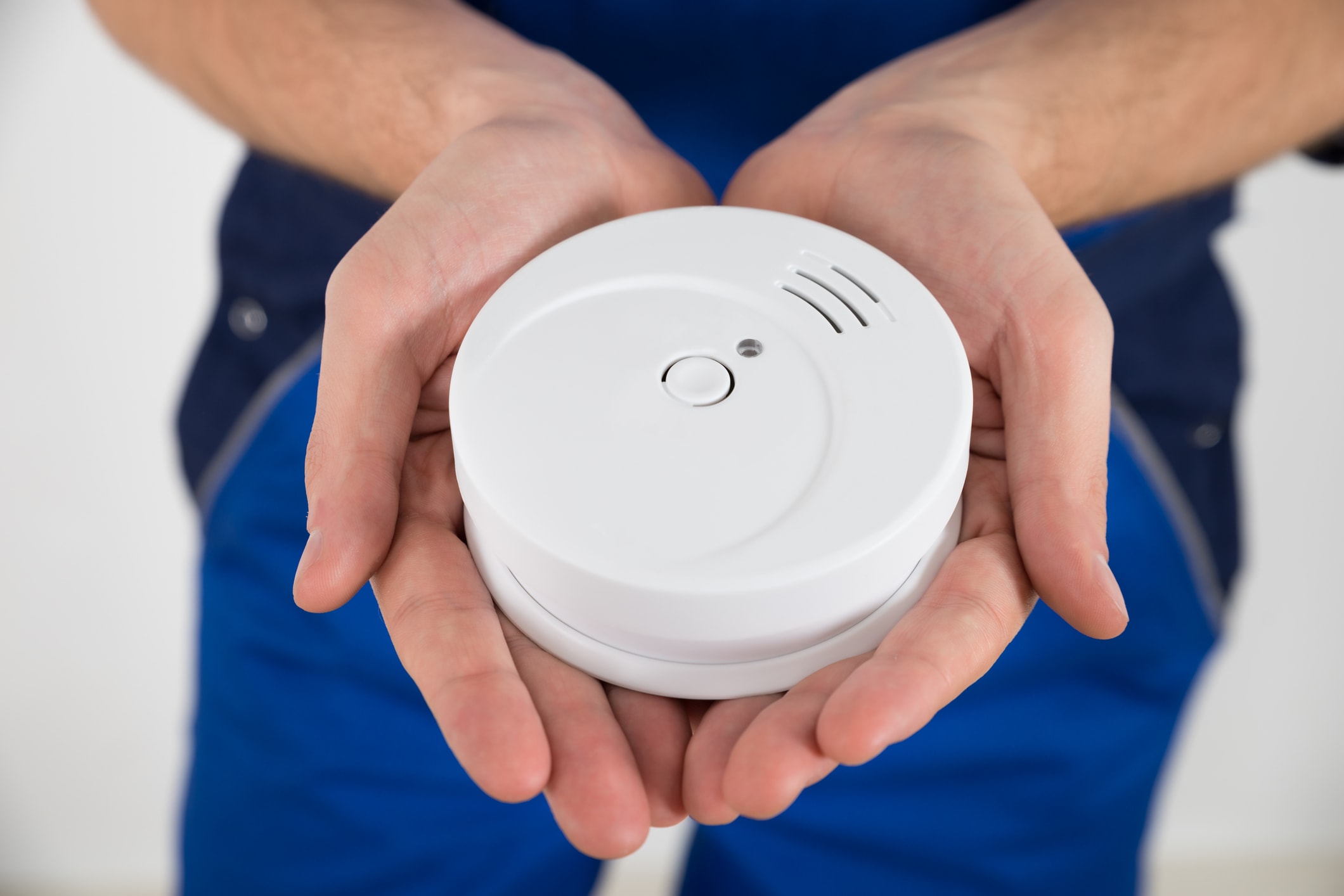
Carbon monoxide is often referred to as the invisible killer because it is a colorless, odorless gas that can easily go undetected. This gas is created when certain fuels like natural gas, gasoline, oil, propane, coal, wood, and methane burn incompletely. In your household, your cooking and heating equipment burns fuel that could have sources of carbon monoxide. Pretty soon you’ll be buttoning up the house for winter and you won’t want to be exposed and trapped inside with this poisonous gas.
According to the CDC, each year, about 50,000 individuals in the U.S. go to the emergency room because of an accidental poisoning of carbon monoxide and a minimum of 430 people in the United States die from accidental carbon monoxide (CO) poisoning. These are scary statistics, but there are steps you can take to ensure you are protecting yourself and your family from CO poisoning.
- Install CO Alarms
You should install CO alarms on every level of your household, outside each sleeping area, and in other places that standards, codes, or laws require them to be. A good way to ensure you are protected is by interconnecting all your CO alarms in your home so when one alarm goes off, they all do.
- Replace Batteries
When the battery in your CO alarm needs to be replaced, it will make a chirp noise every 30 seconds. It’s important that you don’t wait to replace the battery as it could lead to death.
- Have HVAC Systems Serviced
Each year, you should have a trained technician to come in and inspect and service your heating systems (including your vents and chimneys).
- Run Equipment Outside
You should never run equipment like a pressure washer, generator or any other type of gasoline-powered engine inside your garage, basement or other enclosed structure with the windows opened or closed. The only exclusion to this is if the equipment is installed and vented professionally.
- Call the Fire Department
Call the non-emergency number of your fire department to obtain the number you need to call if your carbon monoxide alarm does go off.
- Snow Build-up
During a snowstorm and especially after, ensure the vents for your furnace, dryer, fireplace and stove are cleared of snow build-up.
- Replace Alarm
There is a limited lifespan on every CO alarm. Around every five years, it is wise to replace your alarm. If you have an older alarm, you might want to replace it now (especially if it’s older than 2008).
When you don’t have CO alarms and take measures that are common sense, you are putting yourself at risk. These are easy steps that you can follow to maintain the safety of your entire household. It’s also important that you protect yourself with homeowners insurance to help cover costs of any damage, etc.